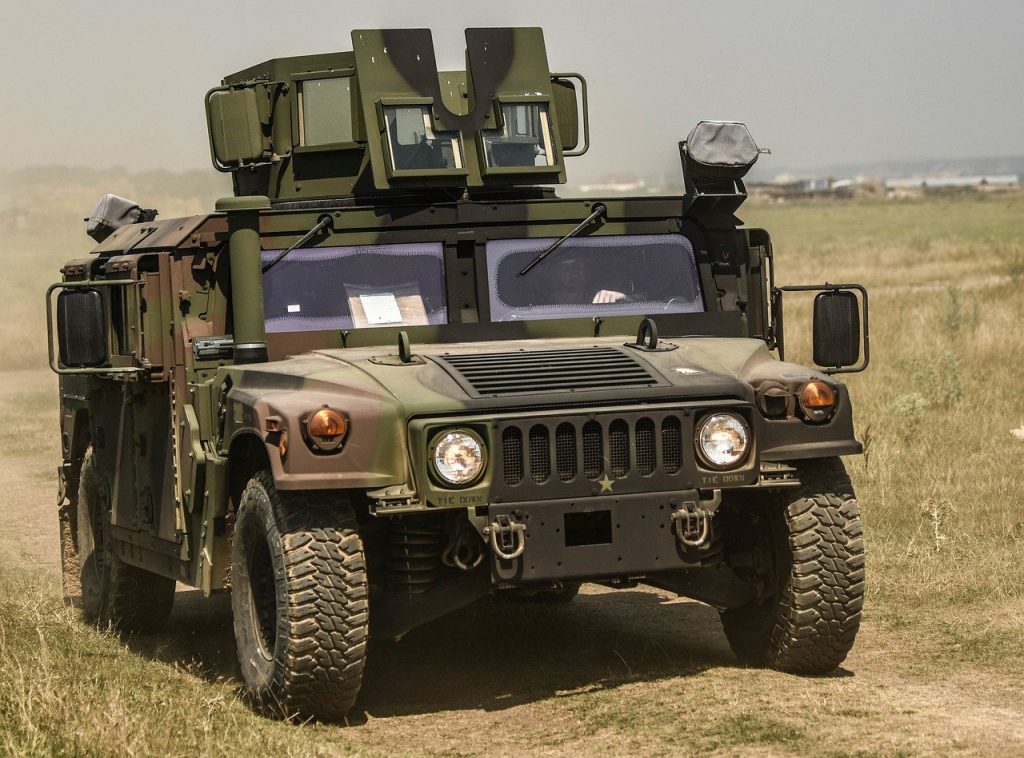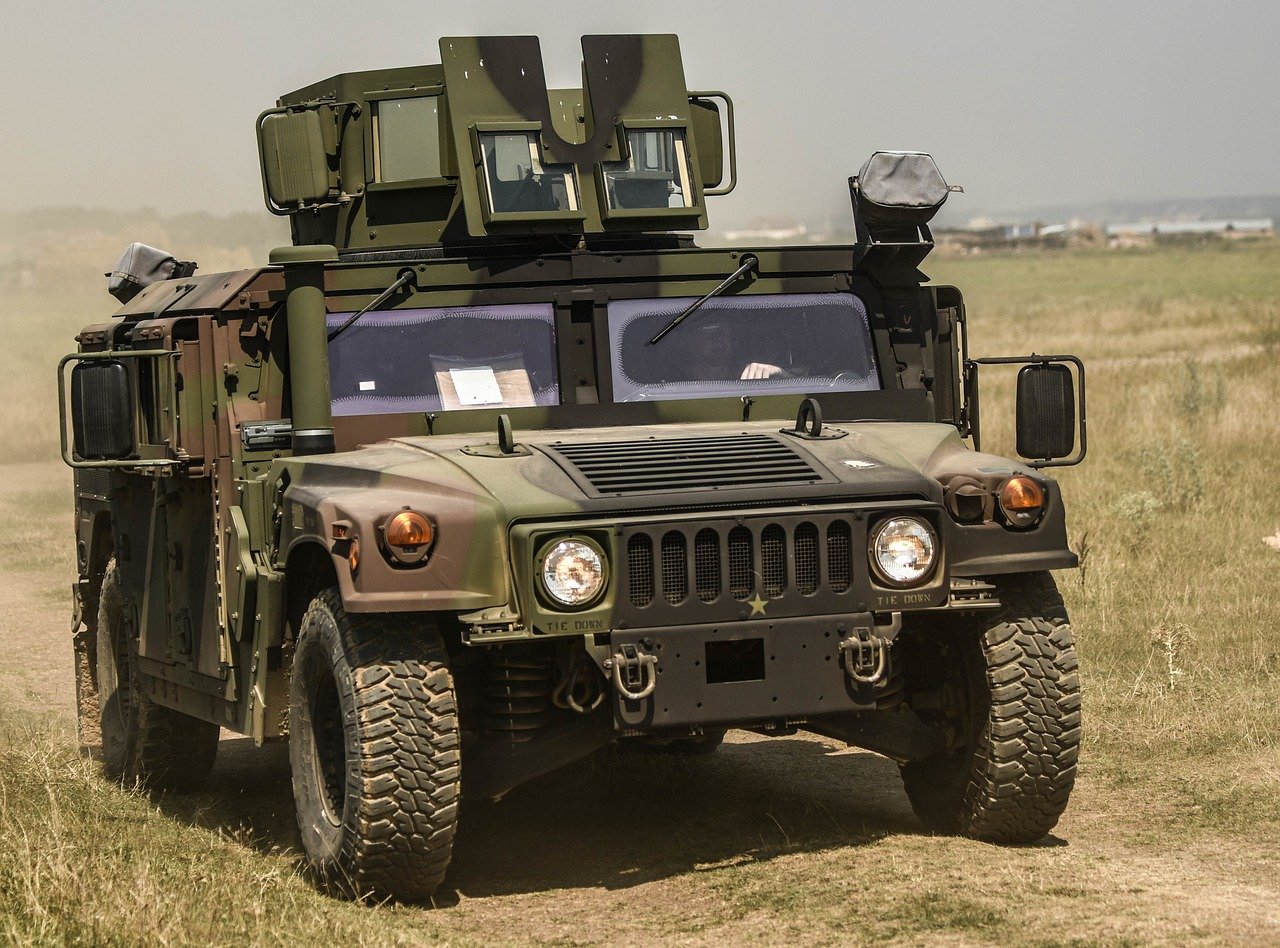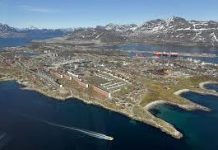
Israel’s Plasan has signed an agreement with the Spanish army to provide the latter’s’ new wheeled combat vehicle Dragon 8×8 with an advanced armor package.
Plasan has announced that it will supply a modular, light anti-missile and an anti-grenade armor system called Hybrid Slat Fence (HSF) which can also protect the new wheeled combat vehicle against mines and improvised explosive device (IED) for the lower bit and sides of the vehicle.
The agreement was signed in November 2021 and covers the 348 Dragon vehicles acquired by Spain’s Ministry of Defense in the first phase.
The first deliveries will start from the first quarter of 2022 and will continue until 2026.
According to Plasan’s CEO Dan Ziv, “this contract is an important milestone and a remarkable testament to Plasan’s unique ability to tailor its technologies and solutions to specific platforms and customer needs.”
He went on to add, “Plasan is proud to participate in this prestigious program of the Spanish Ministry of Defense and will continue to work closely with Tess Defense to ensure the successful implementation of the VCR program.”
Recently, the Spanish military unveiled the capabilities of the Dragon vehicles, which includes protection, mobility, communications, and combat capabilities.
The production of the 8×8 wheeled combat vehicle was started in mid-December, in Sistemas’ weapons factory in Trubia. In total 348 Wheeled Combat Vehicles worth €2.1 billion will be produced, with the first deliveries set to take in the second half of this year.
The armored protection provided by Plasan solutions not only protect the vehicle but also team members that it houses ensuring their optimized survival through several layers of protection.
Armored protection to the vehicle is provided by absorbing the energy of the explosion we as well as stopping fragments of high-speed ammunition, including protection from floating floors and belly deflectors.
The floating floor system is an innovative solution that is attached to the walls of the vehicle which help minimize damage and injury by isolating the crew’s feet from the floor of the vehicle, forming a buffer against the explosive impact.





